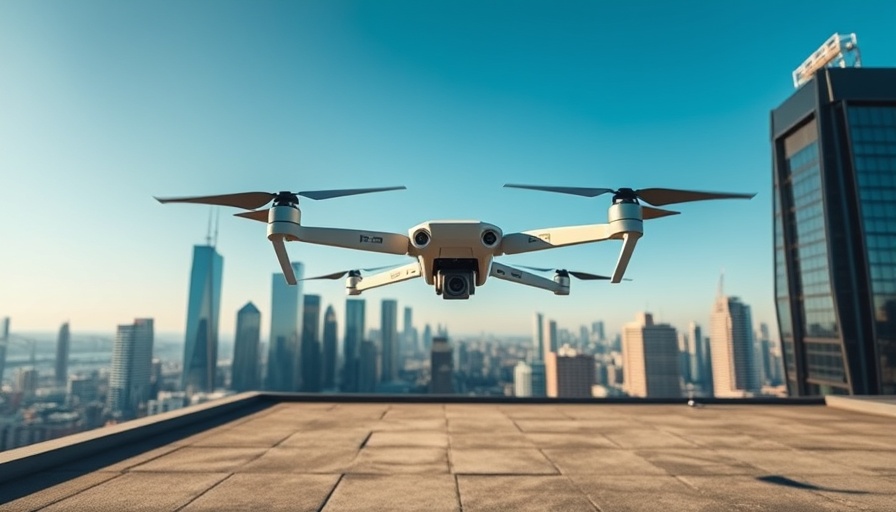
Pioneering the Future of Drone Operations
The Federal Aviation Administration (FAA) has taken a significant step towards revolutionizing the drone industry by announcing its Notice of Proposed Rulemaking (NPRM) for Beyond Visual Line of Sight (BVLOS) operations. This announcement, made by U.S. Transportation Secretary Sean P. Duffy on August 5, 2025, opens up a world of possibilities for commercial drone operators, paving the way for advancements in various sectors including package delivery, agriculture, and public safety.
The Implications of the BVLOS NPRM
With the NPRM running over 700 pages, it is poised to ignite numerous discussions among industry experts and stakeholders. The rule aims to provide the framework for regulated BVLOS flights, which until now have been largely restricted. With the FAA releasing a fact sheet summarizing the core provisions, let's delve into the initial takeaways that could significantly impact drone operations.
Broad Authorization of BVLOS Operations
The expanded authorization for BVLOS drone flights marks a monumental shift within the industry. From delivering packages to performing aerial surveys, the potential applications are vast. This flexibility not only enhances operational capabilities for businesses but also allows increased efficiency in sectors such as agriculture, where drones can be utilized to monitor crops effectively.
Importance of Altitude and Location Restrictions
Compliance with altitude and location restrictions will be critical under the new rules. BVLOS operations must remain at or below 400 feet above ground level and occur from specified access-controlled sites. This precaution aims to ensure safety and streamline oversight, minimizing the risks of accidents.
Mission-Specific FAA-Approved Operational Areas
Another significant requirement is that all operators must gain FAA approval for the specific flight regions they plan to operate in. This regulation necessitates clear communication about operational boundaries, daily limits, and established plans for maintaining communications during missions. Such measures enhance accountability and safety in drone operations.
The Role of Automated Data Service Providers (ADSPs)
Operators are now mandated to work with FAA-approved Automated Data Service Providers or act as their own. This is crucial for maintaining a safe distance from other drones and crewed aircraft, ensuring a robust safety infrastructure as BVLOS operations scale.
Streamlined Airworthiness Process
The NPRM also introduces a streamlined airworthiness process for drones weighing up to 1,320 pounds. Rather than requiring traditional FAA airworthiness certificates, manufacturers will adhere to established consensus standards. This change is expected to reduce the hurdles and costs associated with bringing new drone technologies to market.
Permits and Certificates for Operations
The introduction of two pathways—permits for lower-risk operations and certificates for higher-risk scenarios—creates a flexible operational landscape. A rapid permit process for smaller-scale operations encourages innovation, while comprehensive certification for larger undertakings ensures rigorous safety management.
Looking Ahead: Critical Opportunities and Challenges
While the BVLOS NPRM heralds exciting possibilities for the drone industry, it also presents new challenges. As the community engages in the open comment period, it’s essential for operators to closely examine the proposed rules and their implications for daily operations. Balancing innovation with safety regulations will be the key to thriving in this rapidly evolving landscape.
For drone operators and enthusiasts, understanding these initial takeaways can lead to informed strategies that harness the potential of drone technology. With the right approach, the dawn of BVLOS operations may signal not just growth for businesses but a transformative moment for industries at large.
 Add Row
Add Row  Add
Add 




Write A Comment